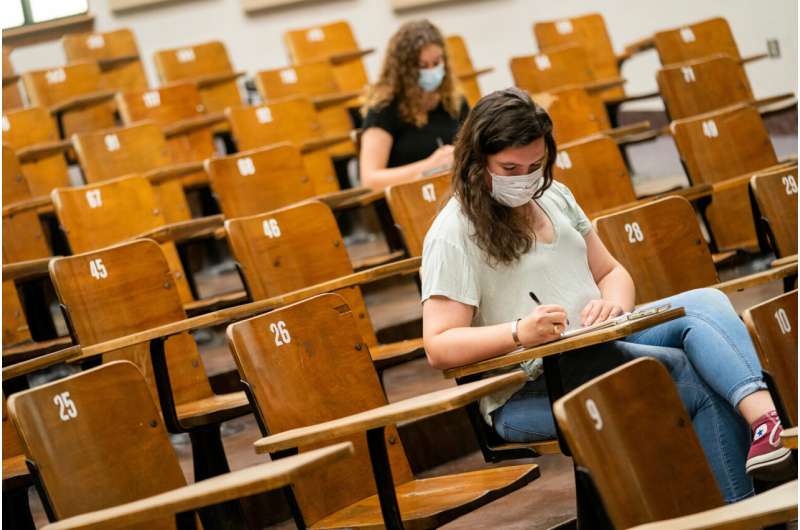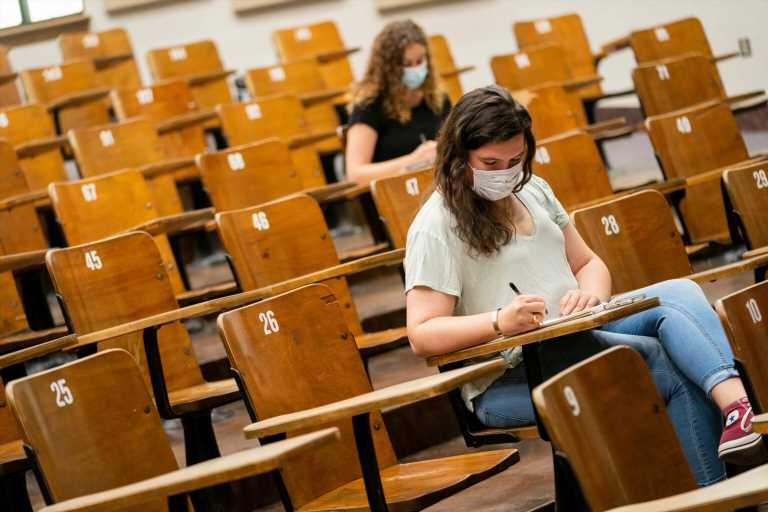
Not only are student athletes less likely to contract COVID-19 than the rest of the student population, non-athlete students are in turn less likely to become sick with the virus than young adults in the general public, according to a new commentary co-authored by Texas A&M University researchers.
The JAMA Network Open article co-authored by the School of Public Health’s Rebecca Fischer and Benika Dixon was published Feb. 9. It expands on previous findings using data from the Southeastern Conference’s 2020 football season that found athletes had a 50 percent reduction in risk in getting COVID-19 over college students who were not athletes.
Researchers have now also determined non-athlete students had lower rates of COVID-19 infection than other young adults in the nation during the same period, suggesting that college students do not place themselves in a riskier situation by being on campus.
“There was this overwhelming assumption by parents, the public and school administrators that we’re sending students to college, and since they have to go to class together, we’re going to have more infections in that setting,” Fischer said. “We observed in this analysis that there were a variety of protection schemes. The more frequently the university promoted testing resulted in a lower risk to those students.”
The percentage of positive COVID-19 tests results among U.S. young adults between the ages of 18 and 24 increased from 7 percent to approximately 17 percent from August through December 2020. In comparison, the highest positivity among college athletes was 0.8 percent, while for college non-athlete students it was 6.6 percent.
This builds on a previous analysis of COVID-19 positivity rates among football players after SEC schools implemented protocols that required athletes to take three COVID-19 tests weekly. If athletes tested positive, they were required to observe quarantine. Researchers determined that SEC football players were not transmitting COVID-19 to each other because they were not around each other for longer than 15 minutes during the entire game.
“While it was a very simple analysis, what stood out to me was that yes, our college athletes actually fared better in terms of COVID-19 test positivity than their classmates who were not in athletic programs,” Fischer said.
Fischer noted the earlier findings about college athletes are specific to football players. Additionally, the analysis didn’t tease out specific college mitigation efforts apart from the testing strategies that were used.
Source: Read Full Article
